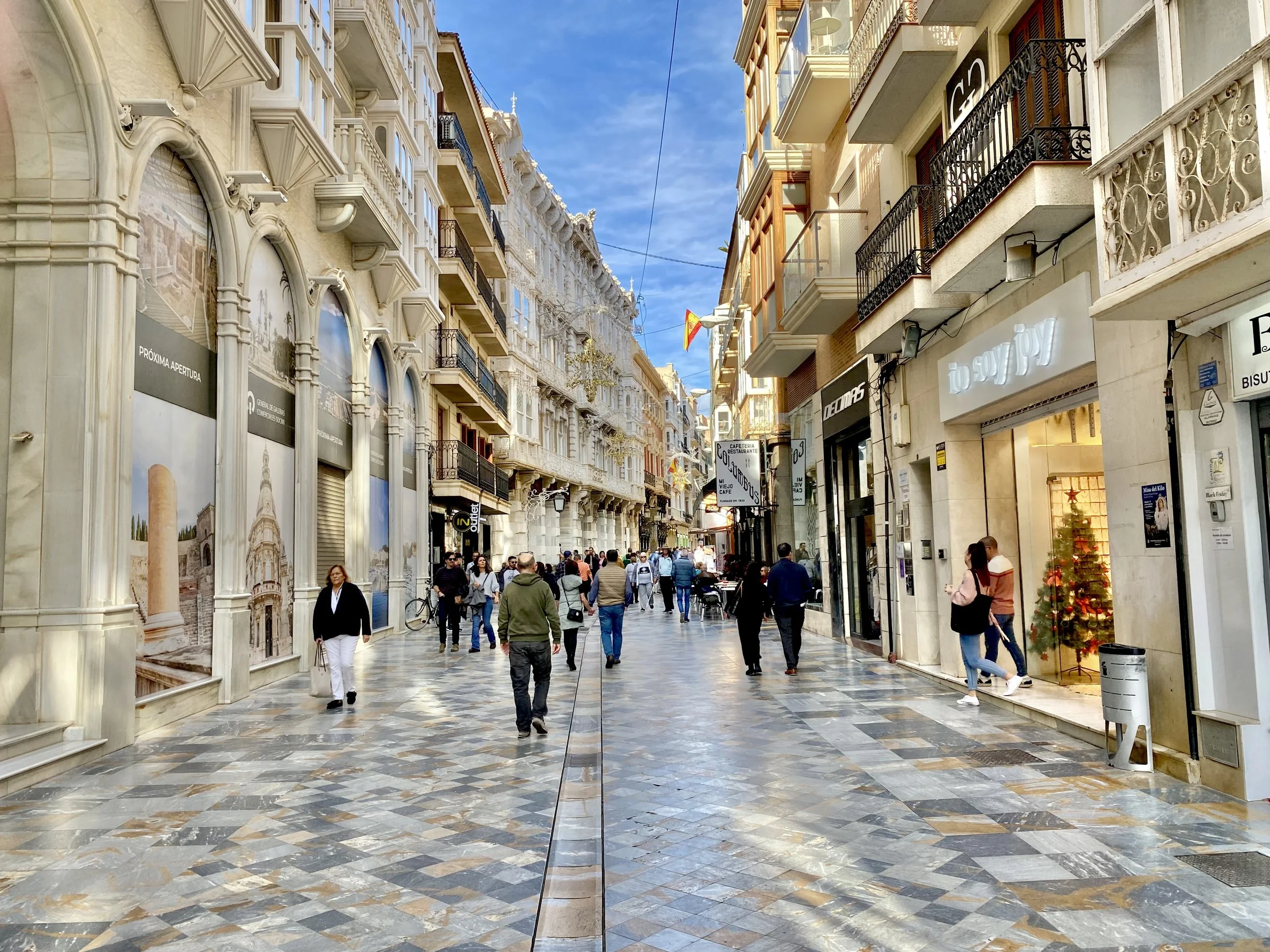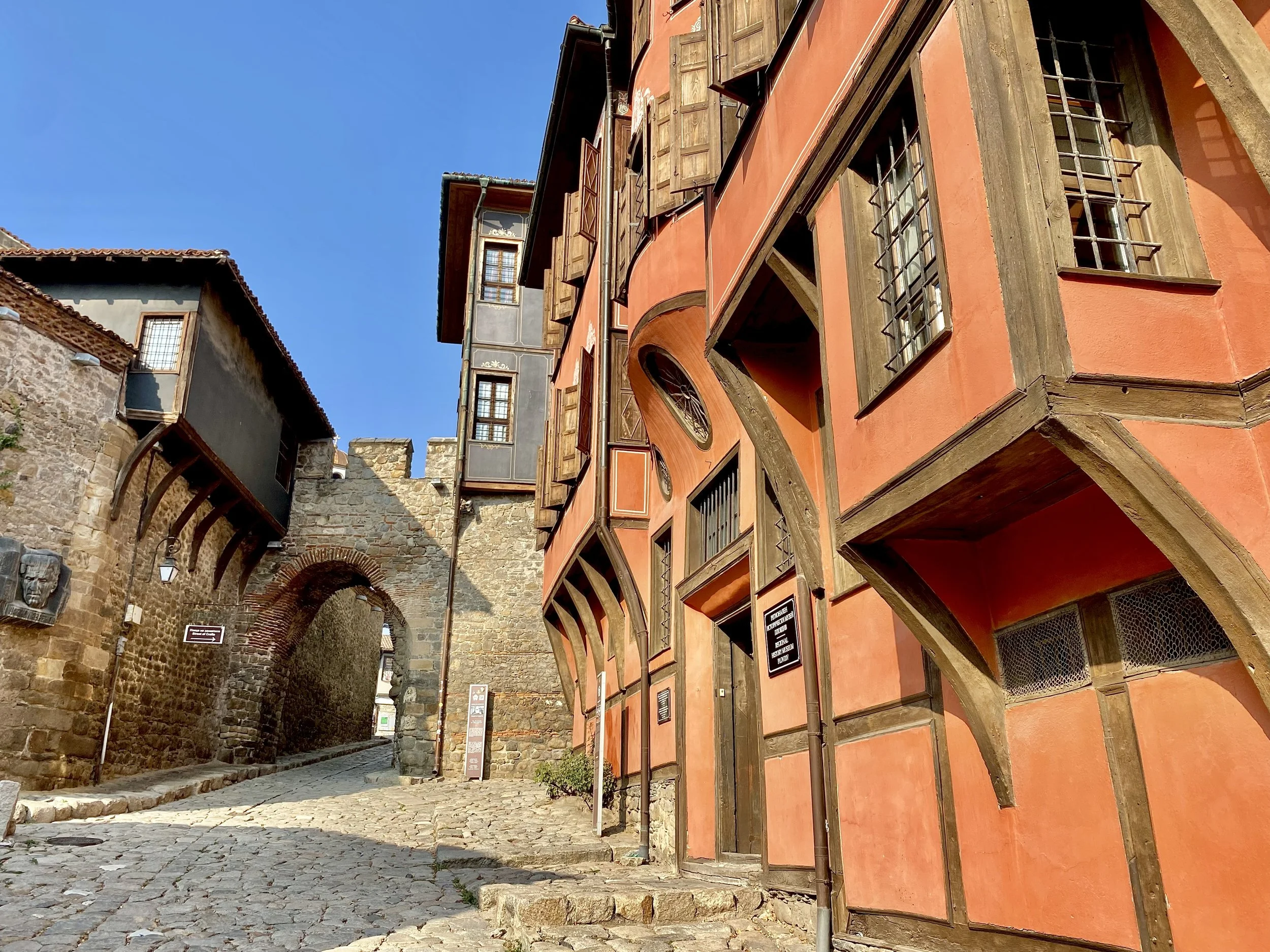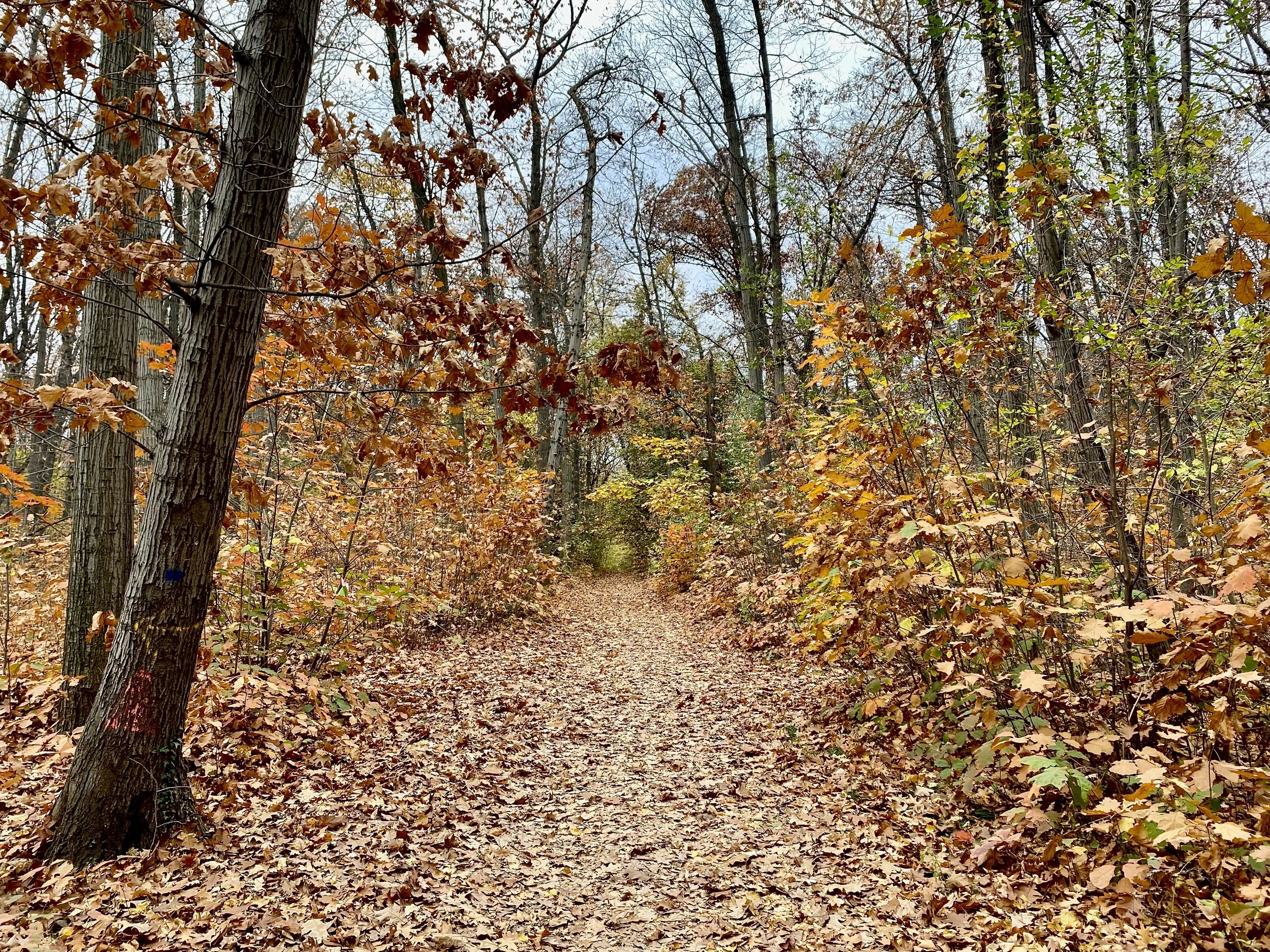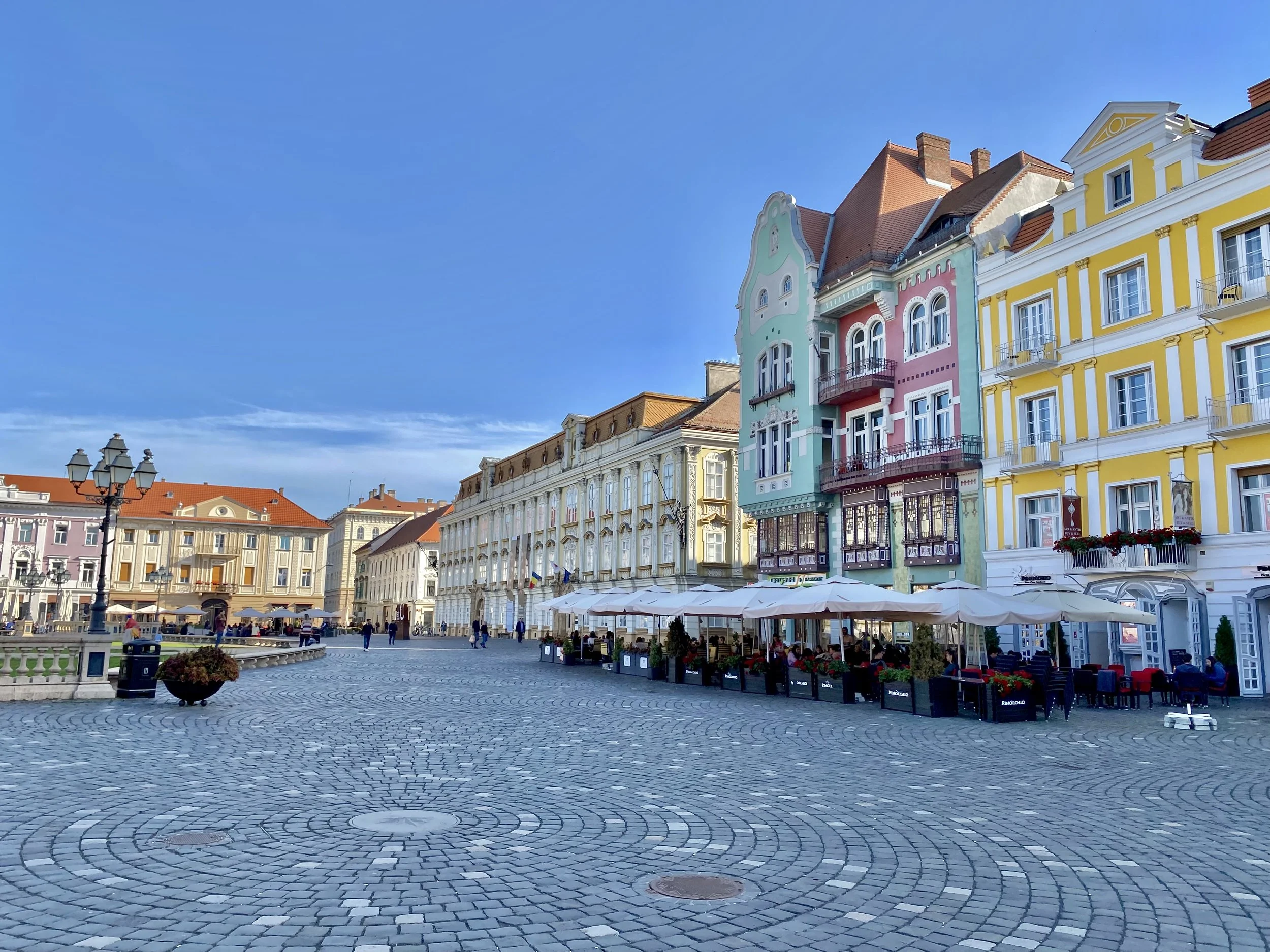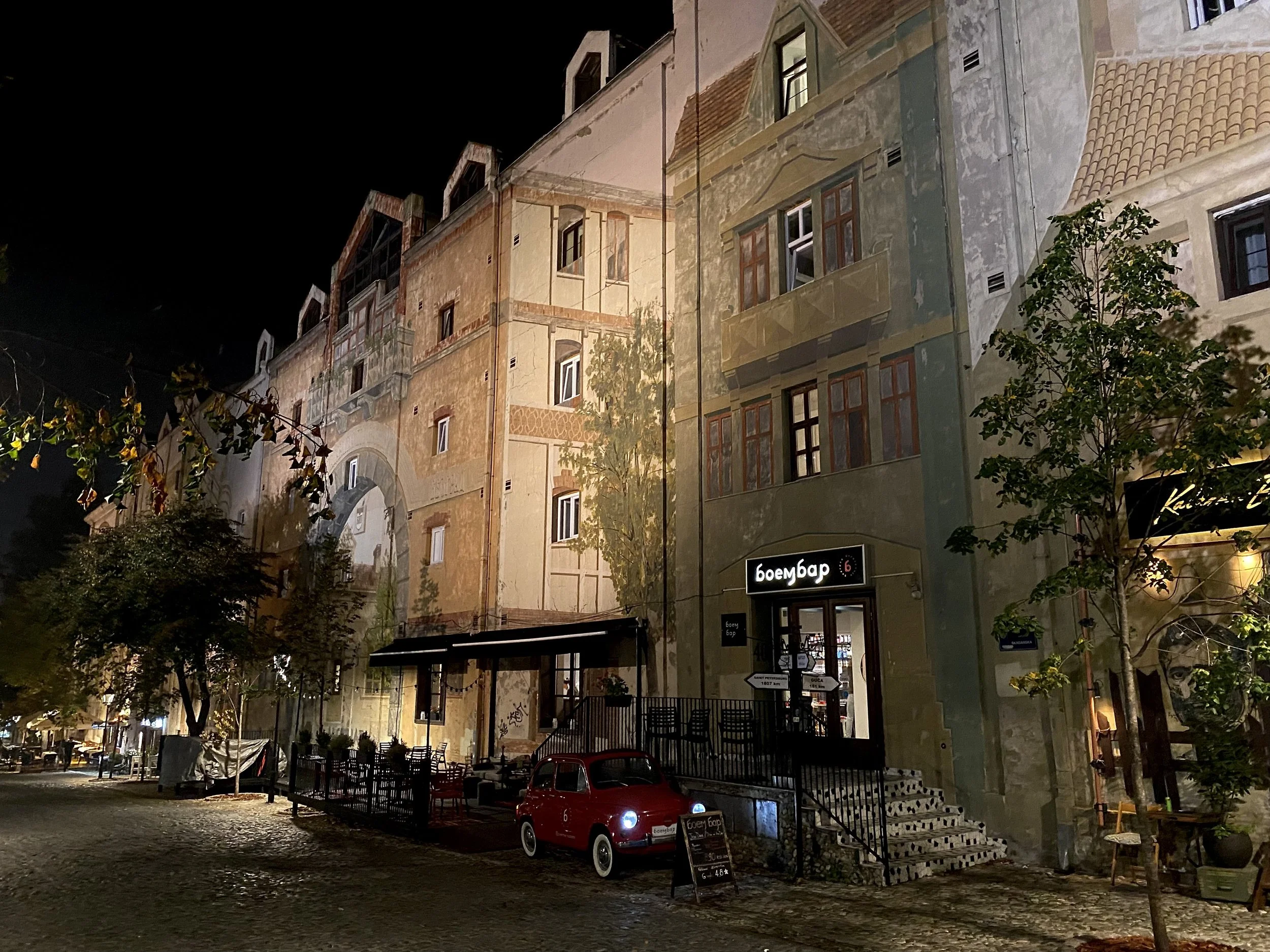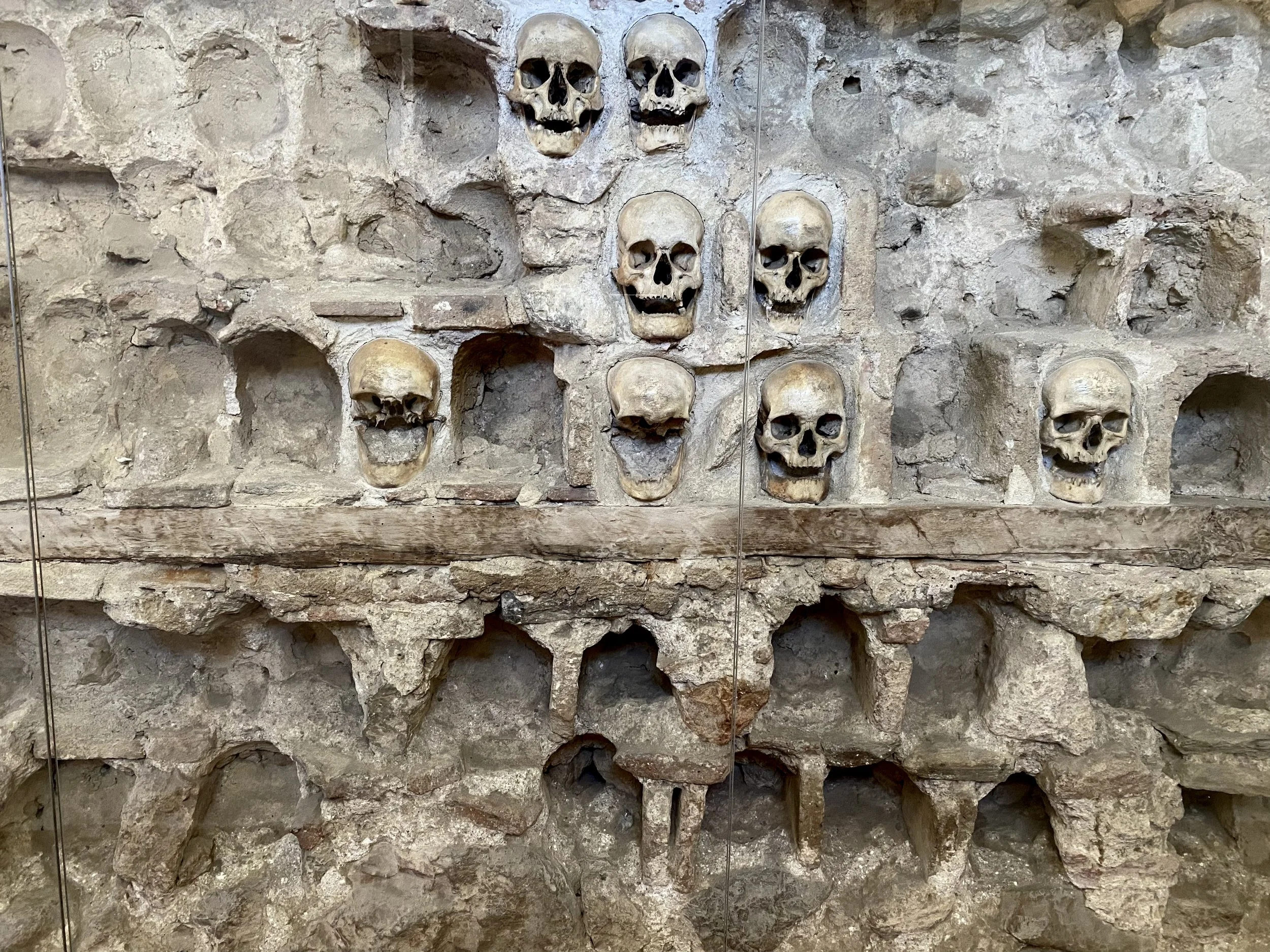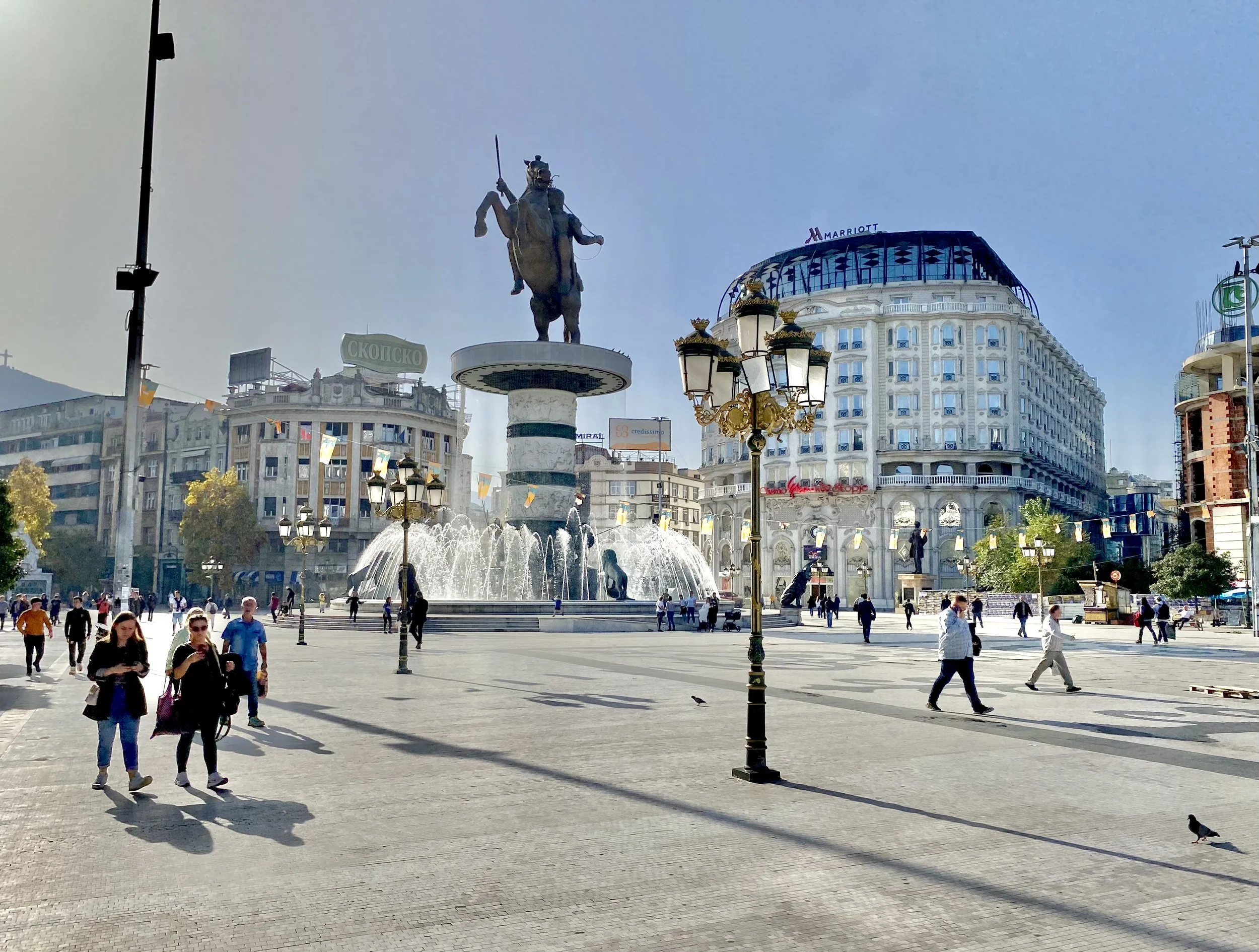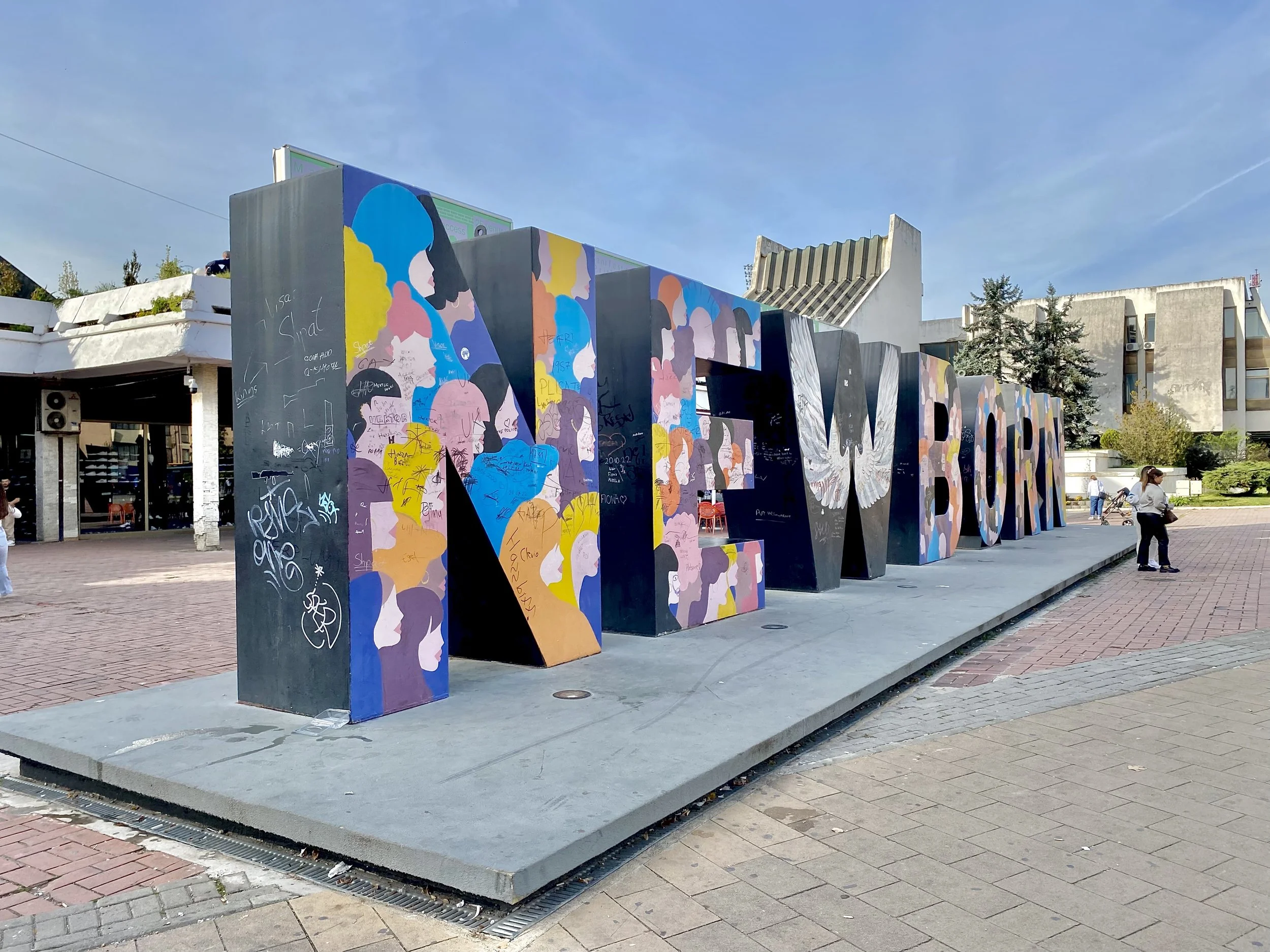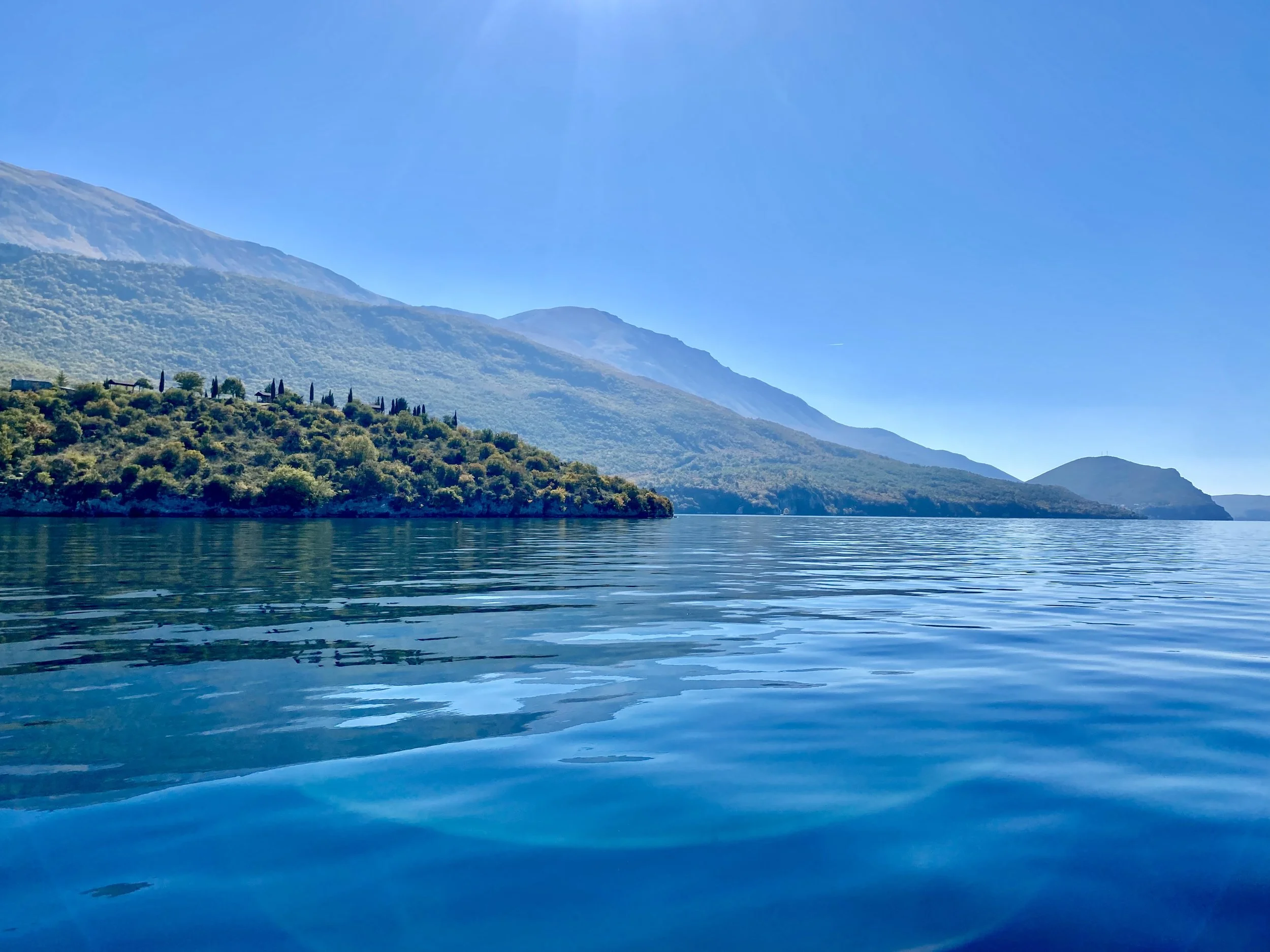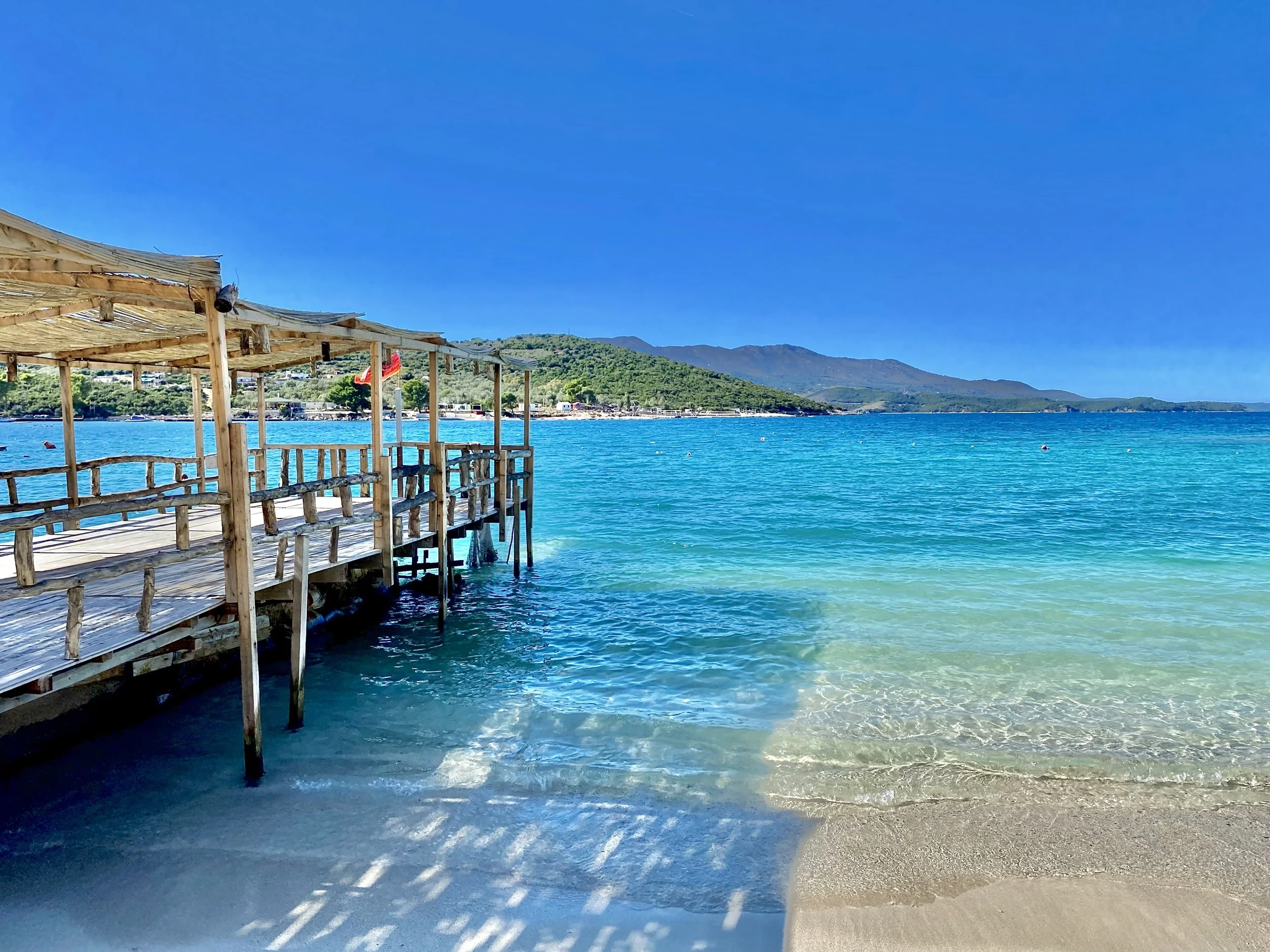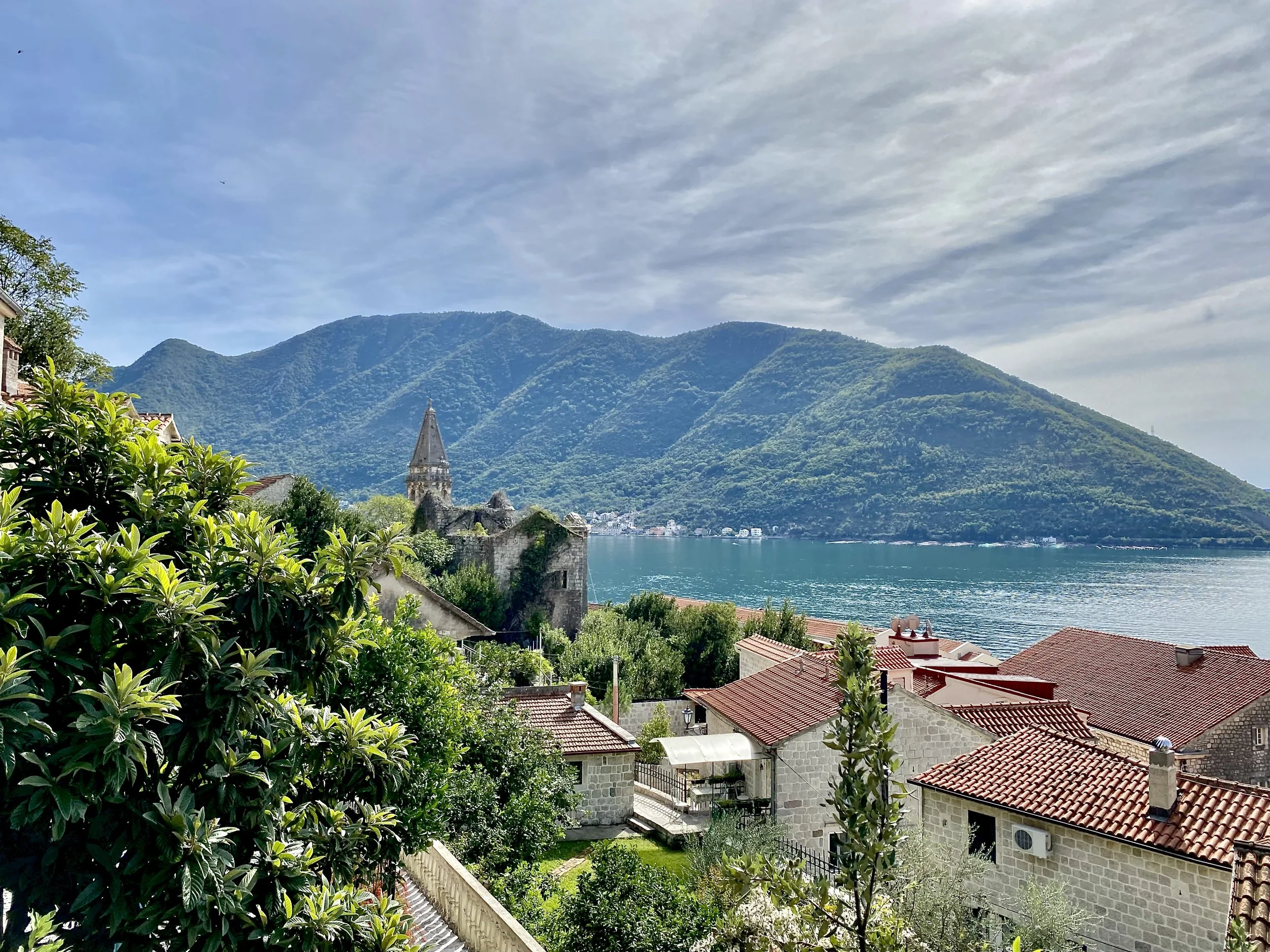Funchal is Portugal’s sixth largest city and the capital of the autonomous island region of Madeira. Showcasing the best of Portuguese discovery-era Old Town charm and island life, Funchal offers a relaxing, beautiful vacation escape. Here are the best things to do in Funchal.
Read MoreCadiz is a charming, small beach escape that offers all the architectural charms of an Andalusian city without the crowds - alongside some of the calmest, cleanest urban beaches in Europe. While Cadiz is one of Europe’s longest inhabited cities, the ancient history isn’t well preserved, so most visitors focus on the atmospheric Old Town. Here are some of the best things to do in Cadiz.
Read MoreMalaga is the unofficial capital of Spain’s Costa del Sol and the second largest city in Andalusia. Occupied for over 2,500 years, it boasts historical elements from Phoenician, Carthage, Roman, Moorish and Spanish rule. The overall result is that you get tastes of Andalusian culture amid a large, stunning coastal resort city. This summary provides you the best things to do in Malaga.
Read MoreCartagena (Spain) is the second largest city in Iberia and has been occupied for 2,000 years. While it offers tastes of regional attractions - like modernist architecture, a beach, and Roman ruins - the city is largely forgettable. You’ll most likely find yourself here if you’re on a cruise. If you do, my best advice is to shop and grab a bite to eat along Calle Mayor.
Read MorePlovdiv was first settled over 8,000 years ago, making it one of the world’s longest continuously inhabited cities. The second largest city and cultural capital of Buglaria, Plovdiv offers a unique blend of ancient ruins, national revival architecture, and a modern economy. Often sited as travelers favorite place in Bulgaria, it is a thoroughly charming city that imprints itself on your heart.
Read MoreI regularly received this advice about Sofia: it’s not really worth it. Except for travelers who are particularly interested in communist history and digital nomads looking for affordable cities with good internet, I don’t think Sofia offers much for tourists. That said, its enormous parks feel like actual forests - and I really enjoyed watching the off leash dogs bounding around and playing.
Read MoreHistorically known as “Little Paris,” I found the city had all the filth but little of the grandeur of its namesake. What Bucharest excels at for tourists, though, is a loud, busy bar and club scene throughout its old city. It also has the most excessive, wasteful government building in the world - a dictator pet project that was surprisingly designed by a 26 year old woman in the 80s.
Read MoreBrasov is a well-preserved, enchanting Saxon (German) medieval city that is large enough to be atmospheric and small enough to never be overwhelming. It’s known as a gateway to Transylvania because many travelers stop here first on their way up from Bucharest - and because it offers a good base to explore the area through day trips.
Read MoreTimisoara is Romania’s third largest city - and is perhaps most commonly known as a gateway to the country. Budget flyers or travelers by road from Serbia and Hungary usually enter the country through Timisoara - and then head to one of the more famous destinations. I think that undersells the city though - because its historic downtown is softly breathtaking - and it is absolutely full of parks.
Read MoreBelgrade is one of the oldest continuously lived in cities in Europe - but, because it’s been in 115 wars and been razed 44 times, its current form is new. It’s not particularly beautiful, clean or accessible - but it’s full of lively, youth-led businesses that leave quite an impression. It’s a fun place to spend a weekend eating, drinking, and partying your ass off.
Read MoreMost famous for an annual music festival hosted in its fortress, Novi Sad feels different than the other major Serbian cities because its architectures is predominately Hungarian - a charming, small city that is full of old world charm. It also has one of the more memorable tribute statues for WW2 victims I’ve seen.
Read MoreNis is one of the oldest cities in the Balkans - having been a Celtic settlement and then the birthplace of three Roman emperors. Generally known more for its food than its sites, Nis is home to one haunting, grizzly piece of history - a tower of skulls left to remind locals of the risks of defying Ottoman rule.
Read MoreUnder the “Skopje 2014” initiative, the government tried to rebuild the city center to look more classically European. The execution was unrefined - leaving the urban core feeling more Vegas than Paris. It’s kitschy - like a cheap, gaudy wrapper around an otherwise cool city.
Read MoreI was prepared to be underwhelmed in Pristina - and in some ways I was. For sightseeing, it doesn’t offer much. As a weekend destination getaway, though, Pristina was much more vibrant than I expected. Fueled by youthful energy and repatriation money, the city is full of modern, chic cafes, bars, restaurants and shops. It’s got a scrappy sense of street chic - a city trying to reinvent itself.
Read MoreOhrid is one of those places that was recommended to me over and over again by other travelers as a gem of the Balkans and a truly exceptional lake town. I spent four nights in Ohrid and it exceeded all my expectations. One of 28 places that is both a cultural a natural UNESCO heritage site, Ohrid offers both historical charm and exceptional natural beauty. I cannot recommend it highly enough.
Read MoreGjirokaster is one of Albania’s three UNESCO world heritage sites - for being a well-preserved Ottoman town - and one of its most commonly visited destinations. Known as the Stone City, its houses are built along a mountainside and have grey stone roofs. The city it topped with a stone fortress - built from the rocks it sits on. It’s fun for a few hours - but I don’t recommend staying the night.
Read MoreSarande is not the most beautiful or historic strip along the riviera. It has beaches, but they aren’t the sandiest, bluest, or most charming. It has ruins, but not the most impressive. What Sarande offers, though, is a lively local economy and a ton of easy to schedule, affordable options for day trips. It’s the perfect base to leave all day and come back just in time to catch the sunset.
Read MoreKnown as “The City of 1,000 Windows,” Berat has two mirror neighborhoods that rise up opposite sides of the river valley - both with white facades, brown roofs, and equally spaced windows spread throughout the front. What makes Berat rise above similar cities, though, is that its castle quarter is still full of homes, restaurants and shops. It’s not just a relic but living history.
Read MoreMuch of Tirana is loud, chaotic, and dirty - so it took a day or two to grow on me. Once you leave the busiest streets, though, you’ll find a highly pedestrian downtown - modern and chic - and the city bursts with market shopping. Most memorable, though, is the museums - where you can learn about Albania’s history - particularly its recent communist regime.
Read MorePerast is a sleepy town of around 250 residents that opens up to the Bay of Kotor. With 17 Venetian-style palaces and 19 churches, the architecture is charming, though not breathtaking. Its primary claim to fame is the Our Lady of the Rocks chapel - built on the Adriatic Sea’s only manmade island and the only chapel in Europe on an artificial island. A great sight that no one really needed to see.
Read More



